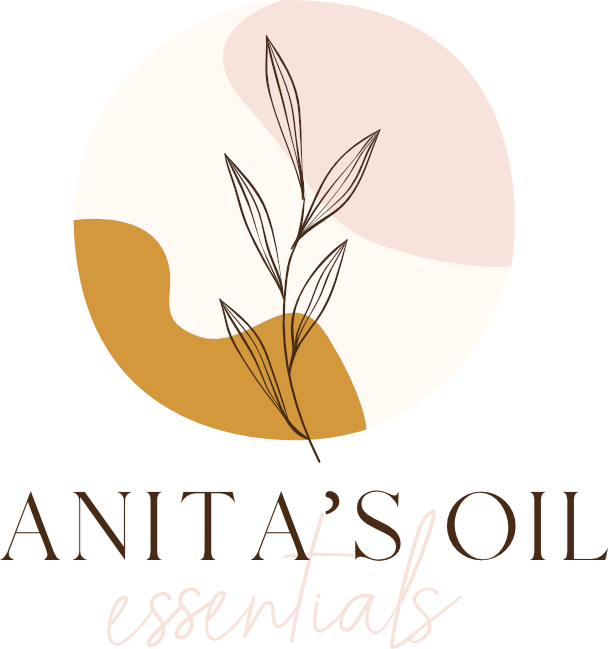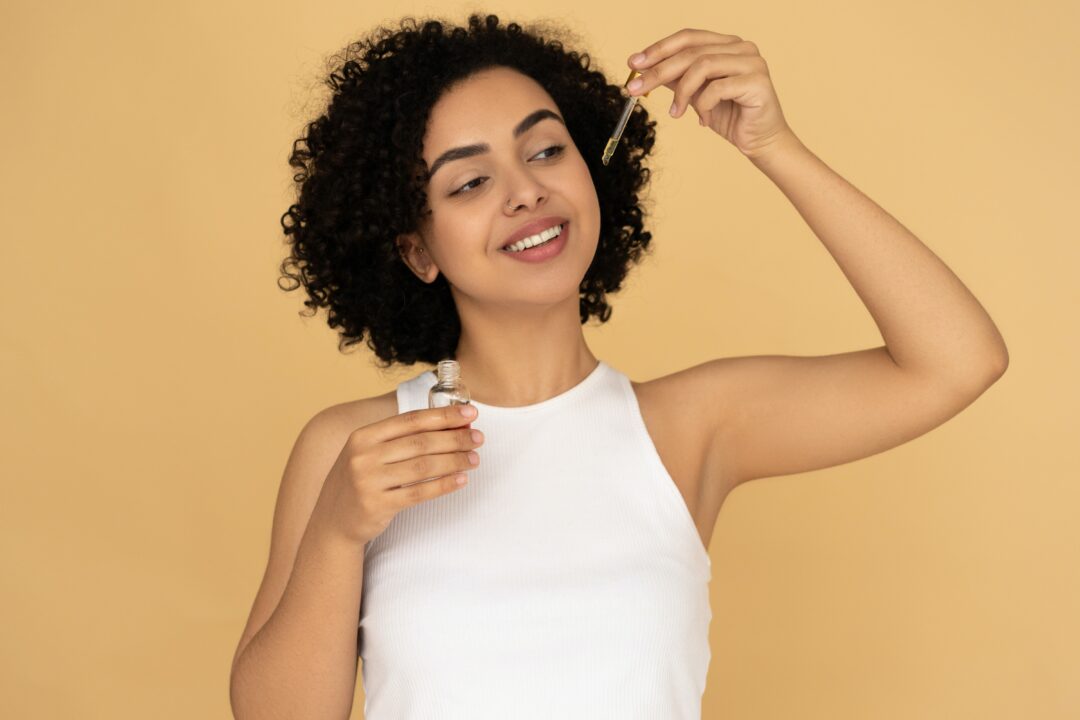If you’ve bought or received your first bottle (or three!) of essential oils, you may be at a loss on how to use it. Just as there are many health benefits to using essential oils, you can use many aromatherapy accessories to apply and utilise it.
Important note: Do not ingest essential oils. Certain ingredients may be toxic if consumed.
Inhaling Essential Oils
You can inhale essential oils through an aroma stick or inhaler. This is a powerful method that can assist with sinus and allergy issues and feelings of depression, stress, and anxiety.
Humans’ sense of smell directly impacts the frontal lobe, which is why inhaling essential oils can contribute to significant shifts in emotions. Through inhalation, the oil’s components pass through the nasal mucosa and the lungs and are then distributed through the bloodstream very quickly.
Safety concern: Phenols can irritate the mucous membrane. If the main ingredient in your essential oil is thyme, clove bud, oregano, cinnamon, lemongrass, and peppermint, inhale them sparingly.
Using Essential Oils on Your Skin
Diffusion and inhalation of essential oils are the most popular ways to use essential oils. But did you know that you can use them on your skin, too?
Essential oils can help skin conditions such as burns, rashes, acne, eczema, psoriasis, and other localised skin conditions. They can also offer relief for muscle strain and other issues with your muscular system. It feels good on the skin and can help provide balance.
Human skin has different rates of skin absorption. The intertriginous areas (armpit, between fingers and toes) are much more sensitive than your limbs and palms.
Safety concerns: Keep a close eye on the ingredients of your essential oils. There is a risk for allergic reaction, irritation, and sensitisation. Localised reaction can occur at the point of contact or to the rest of your body.
Phototoxic reactions can occur in oils that contain lemon verbena, tagetes, and certain types of citrus. Phototoxic oils can damage the skin when it is exposed to UV light.
Using Essential Oils Internally
Unless a professional aromatherapist specifically instructs internal usage, do not ever ingest essential oils. Some natural ingredients are toxic and cause harmful effects on your body.
That said, some types of essential oils can also be used by mouth, under the tongue, and through the cheek.
Diluting Essential Oils
You can apply undiluted oil on your skin, but you should check the label or the manufacturer if it is safe. Otherwise, you need a crème or carrier oil blended with the essential oil to use it on your skin.
Applying essential oils onto your skin is also a bit more complicated than simple inhalation or diffusion. Pure essential oils are made from potent plant extracts, and a single drop contains high concentrations of herbal properties. Essential oils should be diluted to be safely applied.
Ideally, essential oil content should be 0.5 to 2% of the total blend. This equates to 3 to 12 drops, and the rest will be the carrier.
Conclusion
When using essential oils, it’s important to keep safety in mind. Do not utilise essential oils in ways that aren’t familiar with or haven’t been prescribed. The safest way to use essential oils is just to diffuse them in the air. If you want a faster effect or you want to target specific parts of your skin or muscles, proper topical application will help.
Are you looking for essential oils in Perth? Anita’s Oil Essentials is the best choice for you. We are a small family-owned and run business committed to providing quality essential oils along with quality aromatherapy accessories to all our customers. Check out our store and order from us today!


